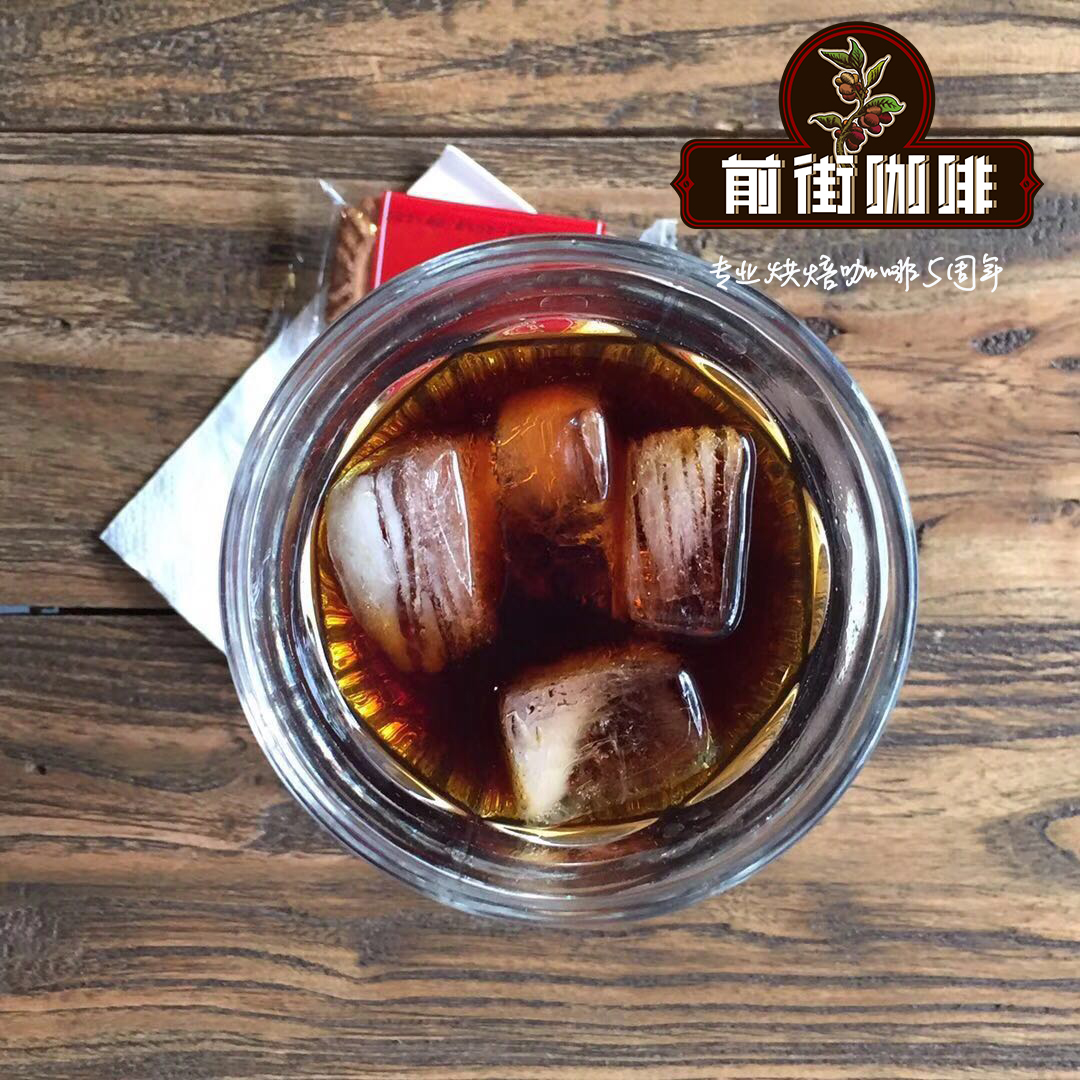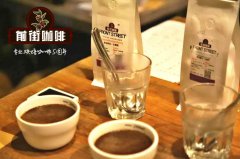The historical process of the formation of instant coffee what are the ingredients of instant coffee? The harm of drinking instant alcohol frequently

Professional coffee knowledge exchange More coffee bean information Please pay attention to coffee workshop (Weixin Official Accounts cafe_style)
Instant coffee is a brewed beverage made from coffee beans. Instant coffee was invented and patented in 1890 by David Strang, a new Zealand native, and improved in 1901 by Kato Saitori, a Japanese scientist working in Chicago, USA. In response to the coffee surplus, the Brazilian government and Nestle developed a more advanced spray-drying method for instant coffee production in 1938. This is done by using hot steam to evaporate the water from the coffee beans, leaving a dried coffee extract. Instant coffee dissolves quickly in hot water, takes up less space and volume during storage, and is more resistant to storage, so it is popular in the mass market. Instant coffee was first used on the battlefields of World War II, when Allied soldiers used instant coffee as a daily drink to improve efficiency to some extent.
However, due to the use of inferior coffee beans in industrial production, and the possibility of other harmful residues in the production process [1], it is not recognized by the traditional coffee industry in many cases. In addition, instant coffee is often not roasted enough for coffee beans, staying at a relatively early stage and unable to fully reflect the aroma of coffee beans. Instant coffee is produced by extracting active ingredients from ground coffee beans and drying them. In this process, some aromatic substances will be lost, resulting in the flavor and taste of the finished product being less rich and pure than that of directly ground coffee. Manufacturers usually use fragrances to compensate for aromas.
Coffee mate, also known as "creamer", is mainly composed of hydrogenated vegetable oil, corn syrup, casein, spices, food coloring, etc., which increases the milk flavor in food and replaces pure dairy products to reduce costs. Hydrogenated vegetable oil, its original intention is to reduce the unsaturation of vegetable oil, so that it can maintain solid form conducive to production and processing, but because of the high temperature and high pressure conditions required in production, a large part of the vegetable oil without hydrogenation has changed from natural cis structure to trans structure and become trans fatty acid.
Trans fatty acid hazards include: ① inhibition of growth and development, easy to make fetuses and children suffer from essential fatty acid deficiency.② induce cardiovascular disease, it will increase the content of low density lipoprotein in the blood, reduce the content of high density lipoprotein. 3. It is easy to cause fat accumulation and lead to obesity.④ It induces the expression of proto-oncogenes, leading to cancer.
What are the ingredients in instant coffee?
Vegetable creamer and casein: the main ingredients of coffee mate, are the main source of milk flavor, but also can make the taste smooth;
Stabilizers and anti-caking agents: keep food texture stable, prevent coffee powder from caking, and help extend shelf life;
Thickeners and emulsifiers: to create a mellow taste;
Sugar and sweeteners: sweetening; flavours: aromas and flavours;
Salt: enhances flavor, balances coffee astringency and softens taste.
Important Notice :
前街咖啡 FrontStreet Coffee has moved to new addredd:
FrontStreet Coffee Address: 315,Donghua East Road,GuangZhou
Tel:020 38364473
- Prev

Should I drink instant coffee or raw bean coffee? The difference between instant coffee and freshly ground coffee!
For more information on coffee beans, please follow the coffee workshop (official Wechat account cafe_style) according to the 2014 global consumer market survey, nearly 50% of consumers prefer instant coffee, while sales of instant coffee tripled between 2000 and 2014. Because of the influence of the third wave of coffee, more and more people choose to buy raw beans, but not
- Next

The role of small holes in coffee bean bags? Don't use it to smell incense anymore!
Professional coffee knowledge exchange more coffee bean information please follow the coffee workshop (Wechat official account cafe_style) if you have seen the coffee bean bag, you will find that there is a button-like object on the back, there may be a small hole in it, called the "air valve". The purpose of this device is to exhaust carbon dioxide from the bean bag, because freshly roasted coffee beans must be vented and more appropriate.
Related
- Beginners will see the "Coffee pull flower" guide!
- What is the difference between ice blog purified milk and ordinary milk coffee?
- Why is the Philippines the largest producer of crops in Liberia?
- For coffee extraction, should the fine powder be retained?
- How does extracted espresso fill pressed powder? How much strength does it take to press the powder?
- How to make jasmine cold extract coffee? Is the jasmine + latte good?
- Will this little toy really make the coffee taste better? How does Lily Drip affect coffee extraction?
- Will the action of slapping the filter cup also affect coffee extraction?
- What's the difference between powder-to-water ratio and powder-to-liquid ratio?
- What is the Ethiopian local species? What does it have to do with Heirloom native species?

